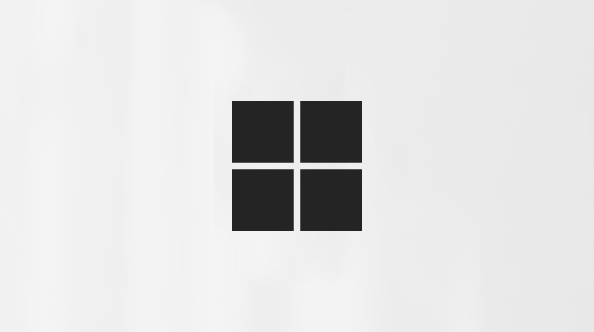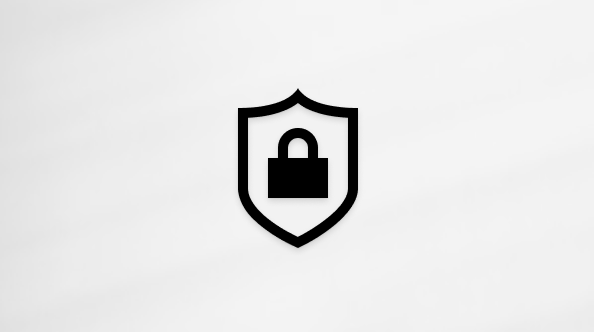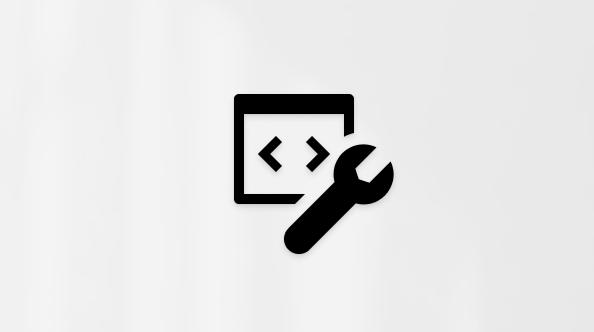June 10, 2025—KB5060531 (OS Build 17763.7434)
Applies To
Release Date:
6/10/2025
Version:
OS Build 17763.7434
Important Windows updates do not install Microsoft Store application updates. If you are an enterprise user, see Microsoft Store apps - Configuration Manager. If you are a consumer user, see Get updates for apps and games in Microsoft Store.
For information about Windows update terminology, see the article about the types of Windows updates and the monthly quality update types. For an overview of Windows 10, version 1809, see its update history page.
Support for Windows 10 has ended on October 14, 2025
After October 14, 2025, Microsoft will no longer provide free software updates from Windows Update, technical assistance, or security fixes for Windows 10. Your PC will still work, but we recommend moving to Windows 11.
Support for Windows Server 2019 will end in January 2029
After January 9, 2029, Microsoft will no longer provide free software updates from Windows Update, technical assistance, or security fixes for Windows Server 2019. We recommend that you upgrade to a later version of Windows Server.
Summary
This article lists the security issues and quality improvements included in this security update. The bold text within the brackets indicates the item or area of the change we are documenting.
-
[GDI and GDI+] Fixed: Some characters were rendered wider, and the sample paragraph was broken.
-
[Windows Hello] Fixed: This update addresses an issue that prevents users from signing in with self-signed certificates when using Windows Hello for Business with the Key Trust model.
If you installed earlier updates, only the new updates contained in this package will be downloaded and installed on your device.
For more information about security vulnerabilities, please refer to the new Security Update Guide website and the June 2025 Security Updates.
Windows 10 servicing stack update (KB5058525) - 17763.7313
Microsoft now combines the latest servicing stack update (SSU) for your operating system with the latest cumulative update (LCU). SSUs improve the reliability of the update process to mitigate potential issues while installing updates.
This update makes quality improvements to the servicing stack, which is the component that installs Windows updates. To learn more about SSUs, see Servicing stack updates and Servicing Stack Updates (SSU): Frequently Asked Questions.
Known issues in this update
Symptoms
The DHCP Server service might intermittently stop responding after installing this security update. This issue affects IP renewal for clients.
Next steps
This issue was resolved by Windows updates released on and after July 8, 2025 (KB5062557). We recommend you install the latest update for your device as it contains important improvements and issue resolutions, including this one.
How to get this update
Before you install this update
You must install the August 10, 2021 SSU (KB5005112) before installing this cumulative update.
Install this update
To install this update, use one of the following Windows and Microsoft release channels.
|
Available |
Next Step |
|
|
None. This update will be downloaded and installed automatically from Windows Update and Microsoft Update. |
|
Available |
Next Step |
|
|
None. This update will be downloaded and installed automatically from Windows Update for Business in accordance with configured policies. |
|
Available |
Next Step |
|
|
To get the standalone package for this update, go to the Microsoft Update Catalog website. For information about how to download and install updates from the Update Catalog, see How to download updates that include drivers and hotfixes from the Windows Update Catalog. |
|
Available |
Next Step |
|
|
This update will automatically sync with Windows Server Update Services (WSUS) if you configure Products and Classifications as follows: Product: Windows 10 Classification: Security Updates |
If you want to remove the LCU
To remove the LCU after installing the combined SSU and LCU package, use the DISM/Remove-Package command line option with the LCU package name as the argument. You can find the package name by using this command: DISM /online /get-packages.
Running Windows Update Standalone Installer (wusa.exe) with the /uninstall switch on the combined package will not work because the combined package contains the SSU. You cannot remove the SSU from the system after installation.
File information
A list of the files that are included in this update are provided in a CSV (Comma delimited) (*.csv) file. The file can be opened in a text editor such as Notepad or in Microsoft Excel.












